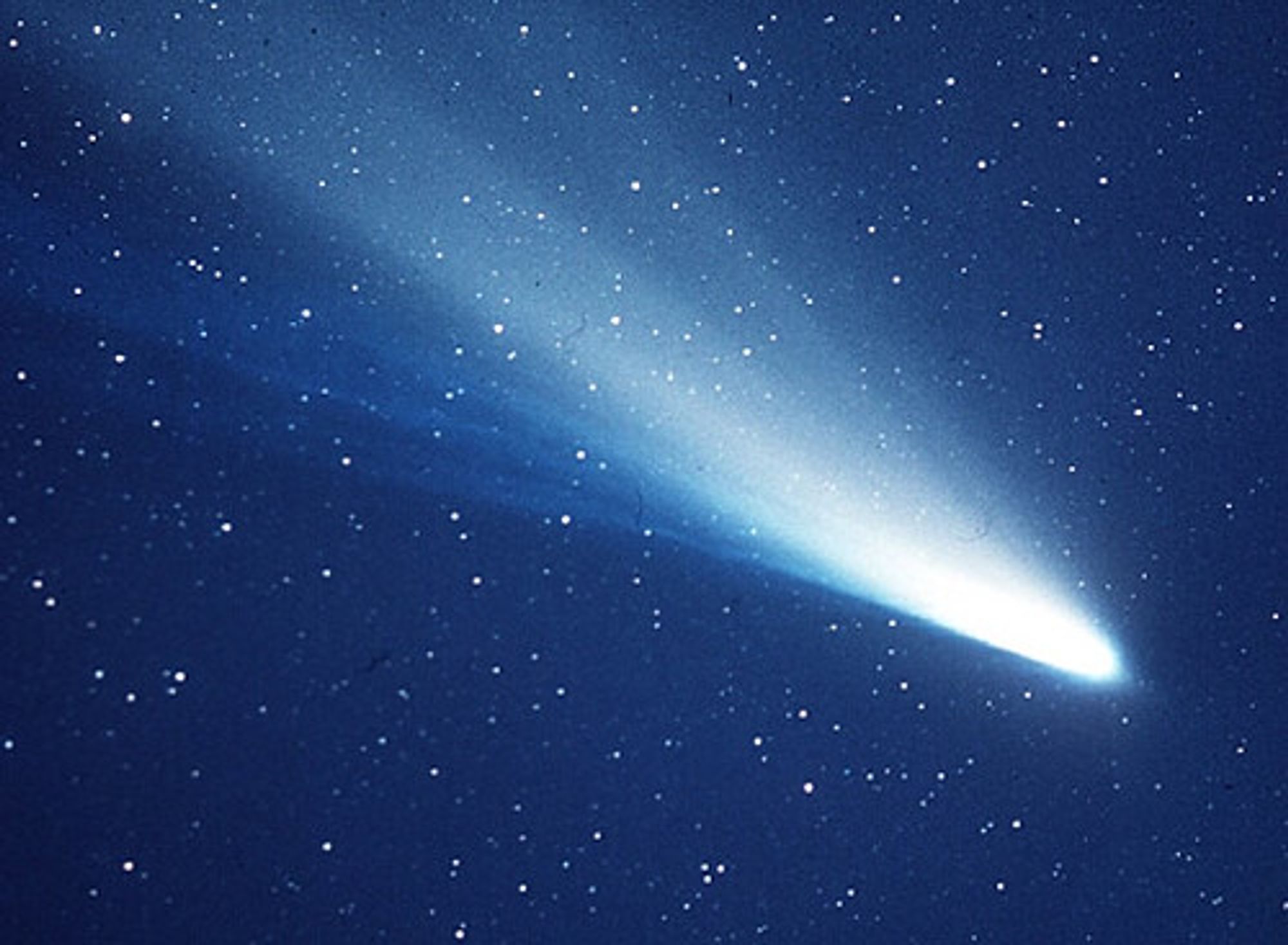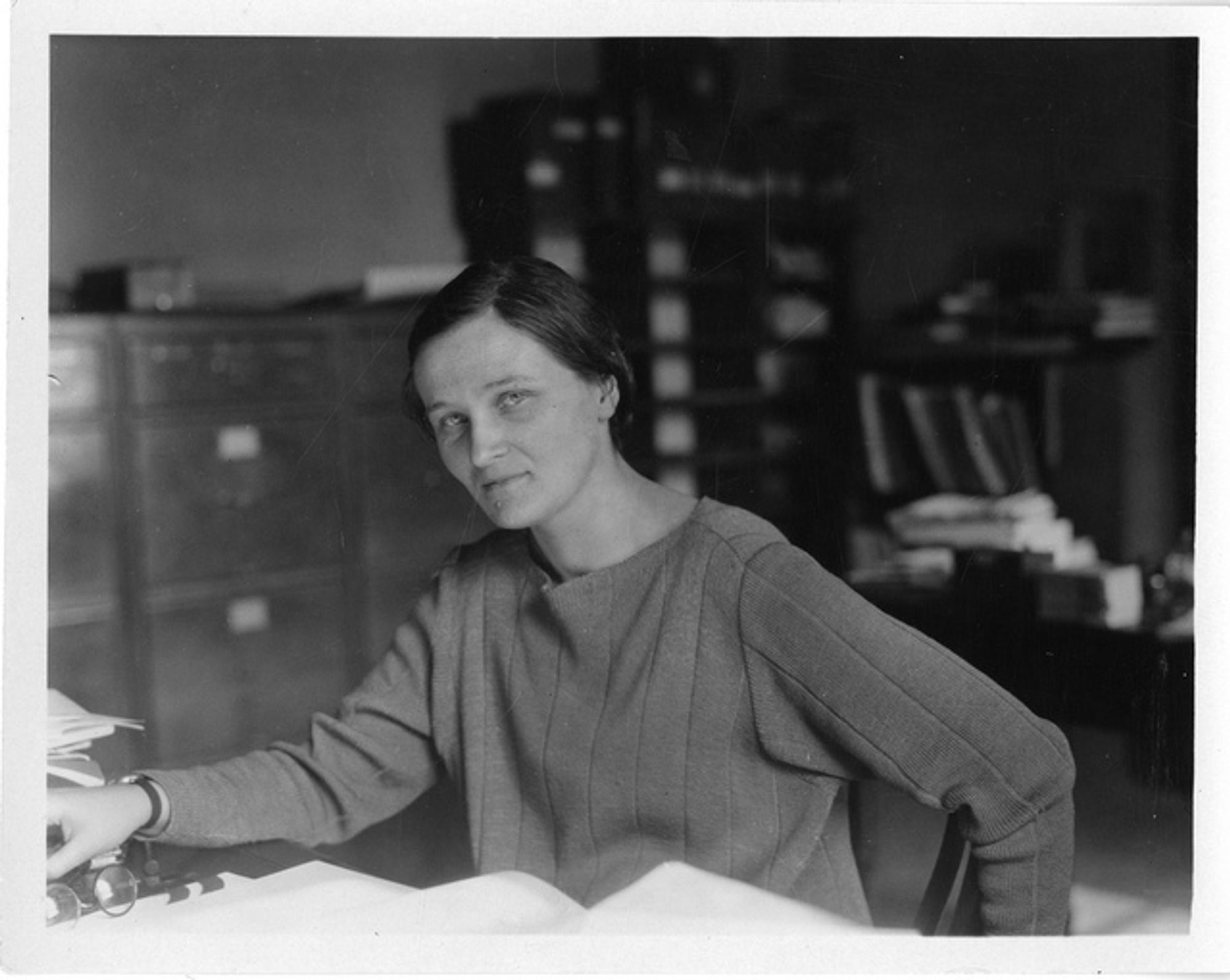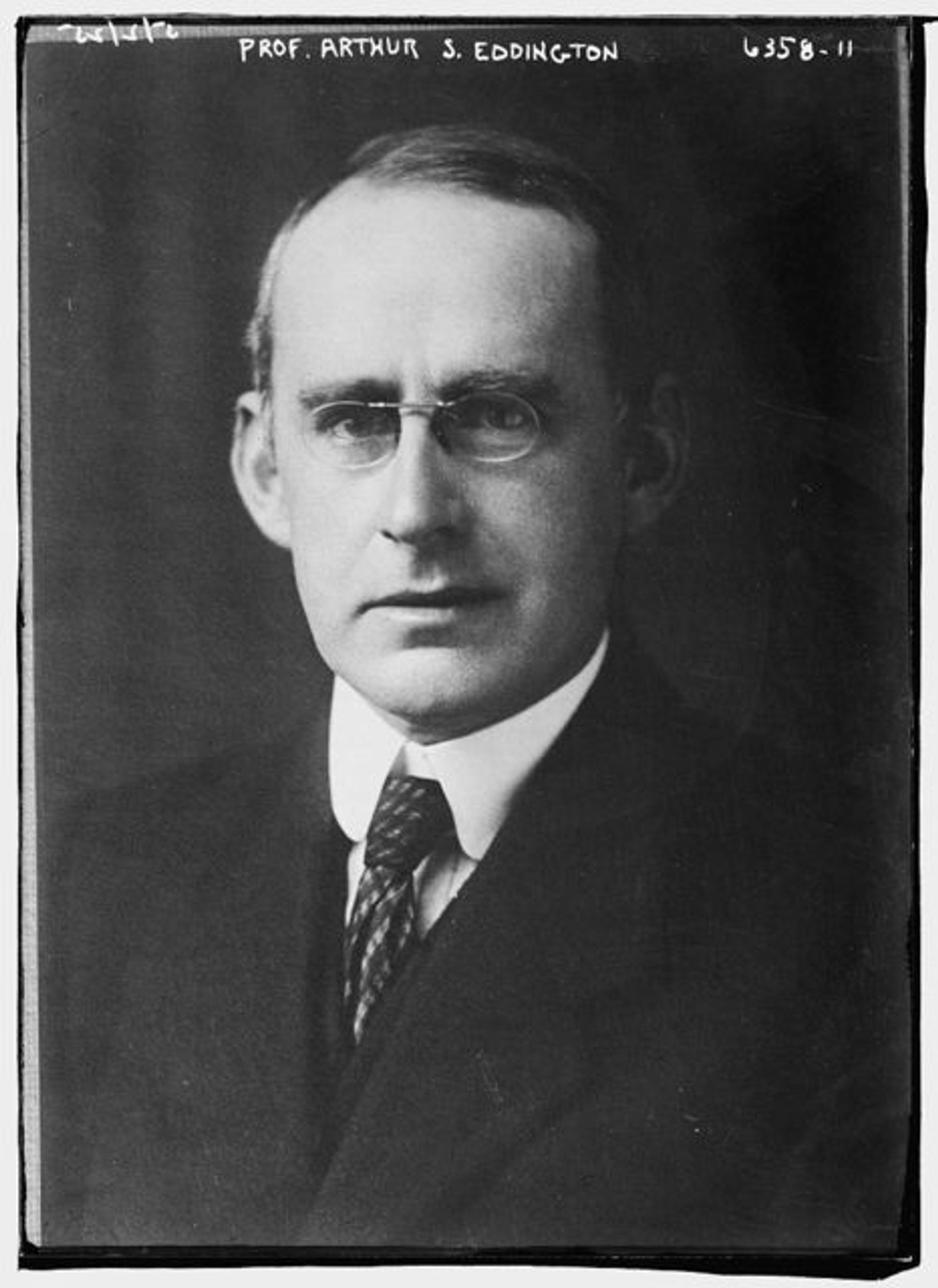Big Apple Sky Calendar: May 2022
In the 1990s, astronomy professor Joe Patterson wrote and illustrated a seasonal newsletter, in the style of an old-fashioned paper zine, of astronomical highlights visible from New York City. His affable style mixed wit and history with astronomy for a completely charming, largely undiscovered cult classic: Big Apple Astronomy. For Broadcast, Joe shares current monthly issues of Big Apple Sky Calendar, the guide to sky viewing that used to conclude the seasonal newsletter. Steal a few moments of reprieve from the city’s mayhem to take in these sights. As Oscar Wilde said, “we are all in the gutter, but some of us are looking at the stars.”
—Janna Levin, editor-in-chief
May 1
Sunrise 5:55 am EDT
Sunset 7:52 pm EDT
May 5
First Quarter Moon. In this morning’s sky (night of May 4-5), the Earth intersects the orbit of Halley’s Comet. The comet has been shedding debris, especially when it nears the Sun and heats up, for at least 1500 years. That debris—little dust particles—stays in orbit around the Sun. Like the character “Pig-Pen” in Peanuts cartoons, the dust just follows the comet around. And the Earth intersects that orbit every May 4-5...causing a meteor shower (called the Eta Aquariids, named for the star they appear to emanate from) as the dust burns up in the atmosphere. But despite the two impressive names (“shower” and “Halley”), this shower is usually a yawner. April-May mornings can be cold, and don’t usually offer much reward for the discomfort (except for one April morning in 1775). But if you happen to be stargazing this morning, you might see some meteors from that famous old comet.

May 10
Birthday of Cecilia Payne in 1900. Payne was a young student of Arthur Eddington, the English astronomer whose writing brought awareness of modern physics to astronomers (not then well trained in physics). Payne could not pursue graduate study in England (Cambridge did not grant degrees to women until 1948), so Eddington arranged for her admission to Harvard. A few years later, she produced what Otto Struve called “the most outstanding thesis the USA has ever produced”: Payne knew much more physics than most astronomers...and was able to show that the Sun was made mostly of hydrogen—an idea much doubted by astronomers at the time, since there is practically no hydrogen in the Earth’s atmosphere. She went on to a long career at Harvard, as the world’s top expert on exploding stars.

May 15
On this day in 1836, Francis Baily discovered the phenomena known as “Baily’s Beads”—the last bursts of sunlight shining through lunar valleys, visible only a few seconds before (and after) the totality phase of a solar eclipse. But remarkably, he observed it during an annular eclipse—an eclipse which just fails to be total, usually by a few percent. I hope he had good filtration!...because it can be dangerous to mess around with solar eclipses during the partial phases.

May 15-16
Full moon 11:15 p.m. EDT on May 15. Because the Moon is tonight almost exactly on the “ecliptic” (the plane of the Earth’s orbit), it will pass through the Earth’s shadow—and thereby produce a total lunar eclipse. As usual, timeanddate.com has all the important info. Unlike solar eclipses, lunar eclipses can be seen by half the Earth—whichever half is facing the Moon at that time. And the eclipse’s beginning, middle, and end times are all absolute, regardless of where you observe them. (You just have to be able to see the Moon.) So if you can see the Moon, you can measure your longitude relative to any other place that can see the Moon. Lunar eclipses are like a clock in the sky. Hipparchos pointed this out c. 150 BCE, but there is no record of anyone using the method for the next 16 centuries. Somewhat surprising, since longitude is needed for navigation, and there is no other reliable way to measure longitude. Find a comfortable spot with good access to the SE and S sky. You definitely don’t need a telescope. It’s mainly a naked-eye spectacle, but binoculars would be great!
By the way, lunar eclipses offer another unique opportunity: since you can see the Earth’s round shadow up there, you know that at that moment, the Sun is precisely 180 degrees away from that position—and therefore you know precisely where it is among the stars. How else could you know it? (You can’t see stars in the daytime!) Such measurements, over a few hundred years, could have been how Hipparchus discovered the precession of the equinoxes. (All his works are lost, so we can only guess.)

May 17
On this day in 1902, a mechanical, wheeled contraption was discovered on an ancient underwater wreck in the Aegean Sea. Its nature and purpose is unknown, but it’s suspected to be the most ancient (~2000 years) known astronomical calculator—the “Antikythera Mechanism.”

May 18
Thought to be the birthday in 1048 of Omar Khayyam, the great Persian astronomer, mathematician, and poet. Omar designed the Jalali calendar, still used today in the Middle East for religious purposes, since it’s slightly more accurate (one day error in 5000 years) than our modern Gregorian calendar (one day error in 3300 years). But he is best known for his beautiful poetry, The Rubaiyat. It has been published in many versions and many languages. In 1865 Edward Fitzgerald published an English translation which became a literary tornado, spawning hundreds of re-printings and translations into yet more languages. It even enchanted me at age 15, when my (voluntary) reading was mostly about baseball and war:
Up from Earth’s Center through the Seventh Gate.
I rose, and on the Throne of Saturn sate;
And many knots unravelled by the Road,
But not the knot of Human Death and Fate.

May 24-25
Mars and Jupiter have been jockeying closely for position in the morning sky for the last week, well up from the eastern horizon at dawn. On these two mornings, the waning crescent Moon joins the pair.
May 28
The total solar eclipse on this date in 585 BCE was perhaps the most consequential in history. According to several famous (but not necessarily independent) sources—Herodotus, Pliny the Elder, and Cicero—it stopped a long-running war between the Medeans and the Lydians...AND was predicted in advance by the Greek astronomer Thales. Most modern historians do not accept either claim...but scolding Herodotus (“The Father of History”) is usually not a good idea.
May 29
As if to challenge the ancient eclipse for pre-eminence, the eclipse of May 29 in the year 1919 is a worthy candidate. It was predicted long in advance, and the British launched an expedition, led by Sir Arthur Eddington, to a West African island to photograph the field of stars right around the Sun during totality. Eddington had calculated how much the Sun’s gravity would bend the starlight, according to Einstein’s recently published theory of gravity (“general relativity”). Careful measurement confirmed the amount of bend predicted by Einstein’s theory. At the meeting of the Royal Society when this result was announced, it was described as the “greatest scientific achievement since Copernicus,” and the next day’s London Times was headlined “Newton’s Ideas Overthrown.”
Eddington himself, another fan of Omar Khayyam, adopted Khayyam’s classic quatrain form to describe the event at the post-conference party. It ended:
Five minutes, not a moment left to waste.
Five minutes, for the picture to be traced.
The stars are shining, and Coronal Light
Streams from the Orb of Darkness—oh, make haste!
Oh, leave the wise our measurements to collate,
One thing at least is certain, that light has weight.
One thing is certain, and the rest debate:
Light rays, when near the Sun, do not go straight!

May 30
New Moon 7:31 am EDT
On this day in 1971, NASA launched Mariner 9, the first spacecraft to reach and orbit Mars. Mars was the great hope for finding alien life in the solar system, and that life was the subject of many science-fiction novels. Even Tarzan (hero of the African jungle) got into the act, conquering Mars at one point. There was great excitement that year about the expected close-up photographs. The spacecraft arrived in August...and the first photos looked pretty much like the views I got through my homemade six-inch telescope. Blurry! Mars was in the grip of a planet-wide dust storm, and hardly any detail could be seen. A few weeks later, the dust subsided and we got some great photos: of a giant Martian volcano, and the first hint of long-dried-up Martian river valleys.

May 31
Sunrise 5:28 am EDT
Sunset 8:20 pm EDT ♦
Subscribe to Broadcast